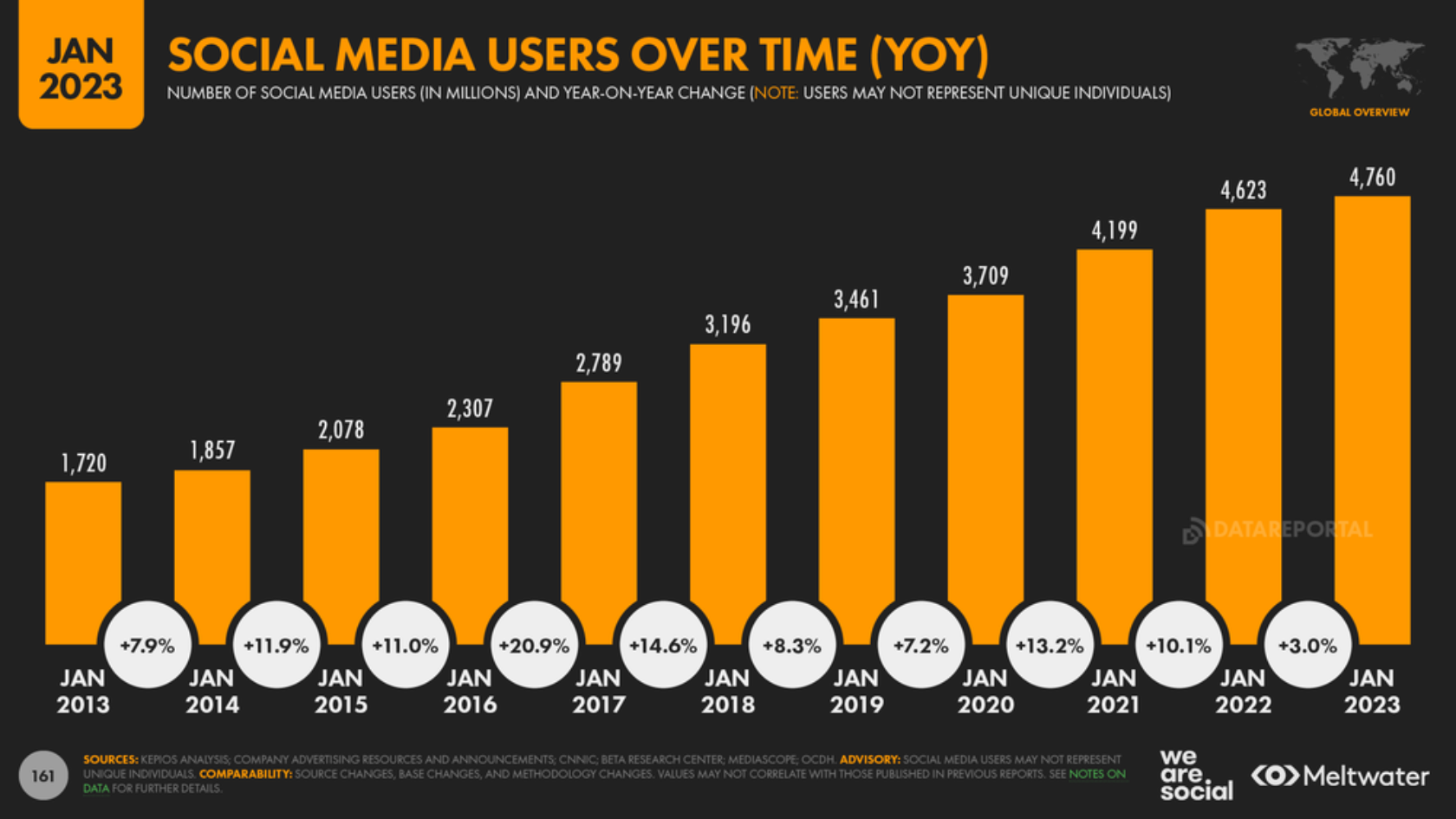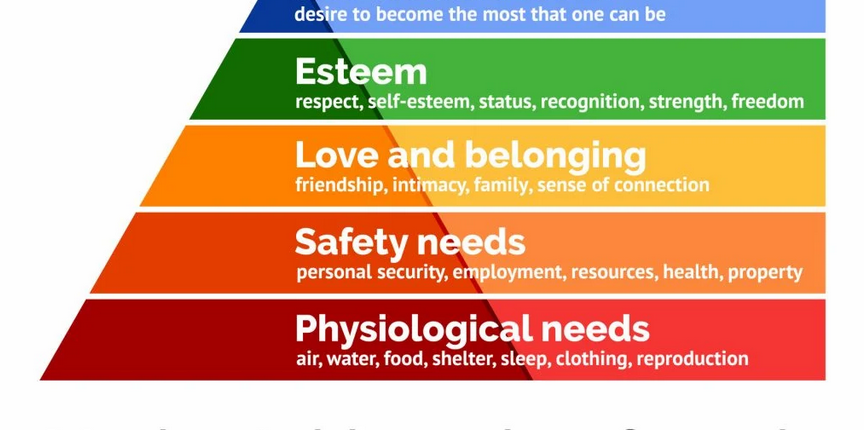Amplifying Content Creation for Enhanced SEO
In digital marketing, content creation is the cornerstone of success for any business or brand striving to make its mark online. It’s a dynamic landscape where adaptation, audience understanding, and unwavering commitment to quality reign supreme.
As we navigate the ever-evolving digital marketing terrain, it’s essential to highlight the misconceptions that often cloud our understanding of effective content strategies. Join us as we unveil a strategic roadmap designed to elevate your digital presence and propel your brand toward sustainable success.
Dispelling Common Myths
Over the years, the digital landscape has gained many misconceptions regarding SEO (Search Engine Optimization) and content creation. Debunking these myths is important to establishing effective strategies. Contrary to popular belief, simply gaming Google’s algorithm or stuffing keywords into your content won’t guarantee success. Instead, the key lies in understanding what Google truly values: high-quality, relevant content that genuinely resonates with users.
One of the biggest myths is that SEO yields immediate results. SEO is a long-term strategy that requires consistent effort and patience. It often takes months to see significant improvements in search rankings. Building backlinks (links from other websites to yours) is essential to SEO. However, the focus should be on quality over quantity. Natural and organic link-building strategies stemming from valuable content are far more effective than acquiring numerous low-quality links. Businesses can develop sustainable SEO strategies by dispelling these myths and creating valuable, user-centric content. Understanding these principles is key to navigating the complex landscape of digital marketing effectively.
Creating a Roadmap for SEO-Friendly Content
Developing a roadmap for SEO-friendly content involves strategic planning and execution to ensure that your content not only appeals to your target audience but also ranks well in search engine results. Here are essential steps to craft an effective roadmap.
- Keyword Research
Start by conducting thorough keyword research. Identify relevant keywords and phrases that your target audience is searching for. Effective keyword research is the cornerstone of any successful content strategy. Here’s how to nail it:
- Identify your primary keyword: This is the focal point of your content. For example, if you’re a pet store, your primary keyword might be “organic dog food.”
- Expand with related keywords: Include 5-10 additional keywords related to your primary keyword, such as “natural pet nutrition,” “healthy dog diet,” etc.
- Target long-tail keywords: Consider the questions users might ask about your topic. Incorporate these as secondary keyword targets. For instance, “What are the benefits of organic dog food?”
- Aim for the sweet spot: Look for keywords with high search volume and low competition. Tools like SEMrush or Google Keyword Planner can help identify these opportunities.
- Structuring Your Content
Based on your keyword research, outline a content plan that aligns with your business goals. The way you structure your content can make or break its effectiveness. Follow these best practices:
- Keep paragraphs focused: Each paragraph should revolve around a single idea or topic, enhancing readability and comprehension.
- Trim the fat: Avoid wordy sentences that detract from clarity. Using concise language can be more impactful.
- Format for emphasis: Use formatting techniques like bolding, italicizing, or bullet points to highlight key information. Adding emphasis helps make your content scannable and digestible.
- Simplify language: Avoid industry jargon or technical terms that might alienate your audience. Instead, use clear and accessible language that resonates with your target demographic.
- Align Visuals with Content
Visuals play a crucial role in enhancing user experience and engagement. Here’s how to leverage them effectively:
- Choose relevant visuals: Select images, videos, or infographics that complement your content and reinforce your message.
- Optimize for performance: Ensure your visuals are optimized for web performance by compressing images and choosing the appropriate file types (e.g., JPEG vs. PNG).
- Enhance accessibility: Include descriptive filenames and Alt tags for all visuals to improve accessibility for users with disabilities and optimize for search engines.
- Break up the monotony: Use visuals strategically to break up text-heavy sections and maintain reader interest. Some tips include adding charts, graphs, or even custom illustrations within the copy.
Consistency and adaptability are key to achieving sustainable SEO success. By following these steps and continually refining your approach, you can create a robust roadmap for SEO-friendly content that drives organic traffic and supports your overall digital marketing goals.
Unlock Your Potential with Onimod Global
Elevate your content creation endeavors with Onimod Global’s cutting-edge digital marketing strategies. From crafting compelling visual identities to executing targeted marketing campaigns, we help empower businesses to transcend boundaries and leave an indelible impression on their audience.
Whether you’re a burgeoning startup or an established enterprise, our tailored solutions are designed to help amplify your brand narrative, propelling you toward unparalleled success. Unleash your brand’s full potential with Onimod Global—contact us today to embark on your transformative journey.



